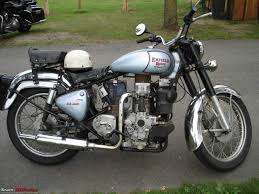What is the diesel cycle? PH Explains
Four-stroke diesel engines operate in a similar fashion to their petrol counterparts, but there are a few major differences worth knowing about...

Firstly, in a petrol engine, the fresh fuel-air mixture is usually drawn into the cylinder during the intake stroke. In a four-stroke diesel, however, only fresh air is drawn into the cylinder during the intake stroke.
This is because diesels differ fundamentally in their combustion processes - the second key difference - as they are 'compression ignition' engines. In a petrol engine, the combustion process is kicked off by a spark, which causes the fuel-air mixture to ignite and then burn.

The required increase in temperature is typically achieved by a high 'compression ratio', which usually ranges between 14:1 and 20:1 in a diesel. The compression ratio defines the ratio between the maximum volume of the cylinder and combustion chamber and the minimum volume, so when the piston is at the bottom and top of its stroke respectively.
So, for example, a cylinder and combustion chamber with a maximum capacity of 500cc, and a minimum of 50cc, would have a compression ratio of 500:50 - or, reduced to its lowest terms, 10:1.

This is why diesels are also equipped with glowplugs; when cold, the block and head can absorb enough heat to lower the temperature of the air in the cylinder to below that of the fuel's auto-ignition temperature. The glowplug is a simple electric heater that usually protrudes into the combustion chamber, and when the engine is cold it is energised to help heat the inducted air. This subsequently allows combustion to take place when the fuel is introduced into the cylinder.
Petrol engines can, like diesels, be equipped with direct-injection fuel systems - but most still require a spark for ignition, although Mazda has recently unveiled a production compression-ignition petrol engine.
Diesel engines are also often found in two-stroke form, particularly in older applications. Their simplicity and high power outputs frequently made them the engine of choice for generators, trucks and military use.
Lewis Kingston
Gassing Station | General Gassing | Top of Page | What's New | My Stuff




